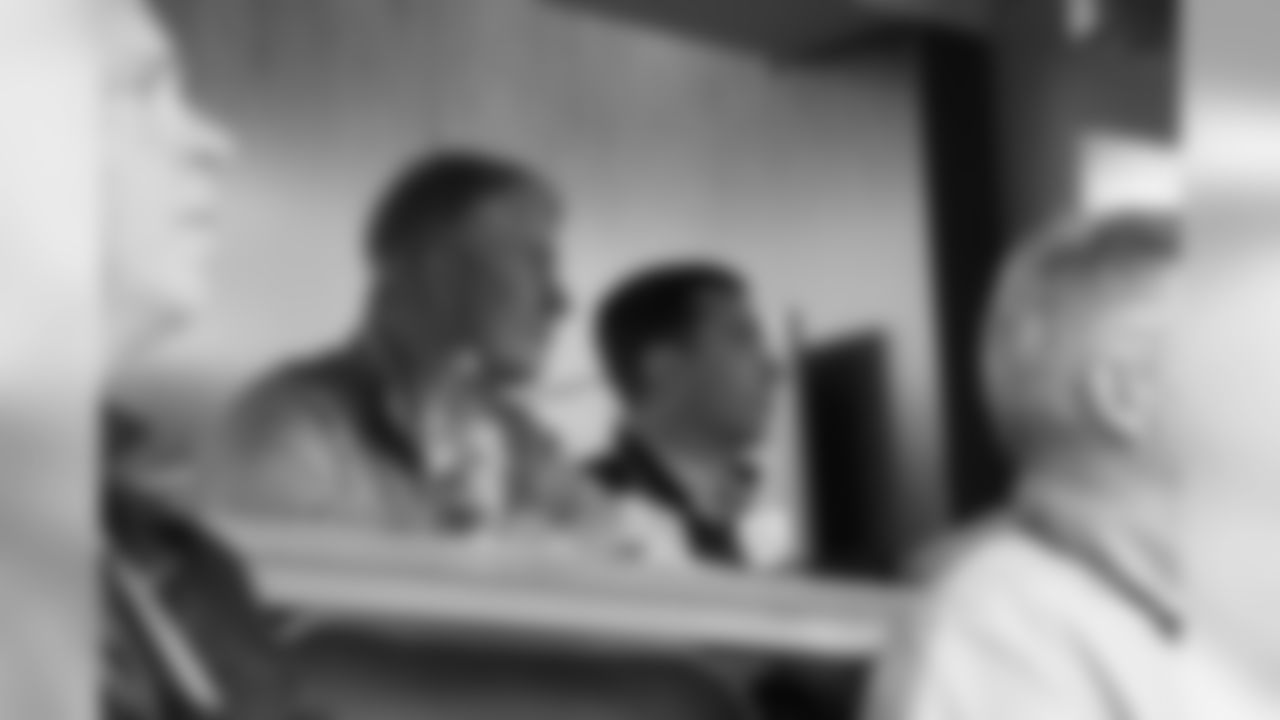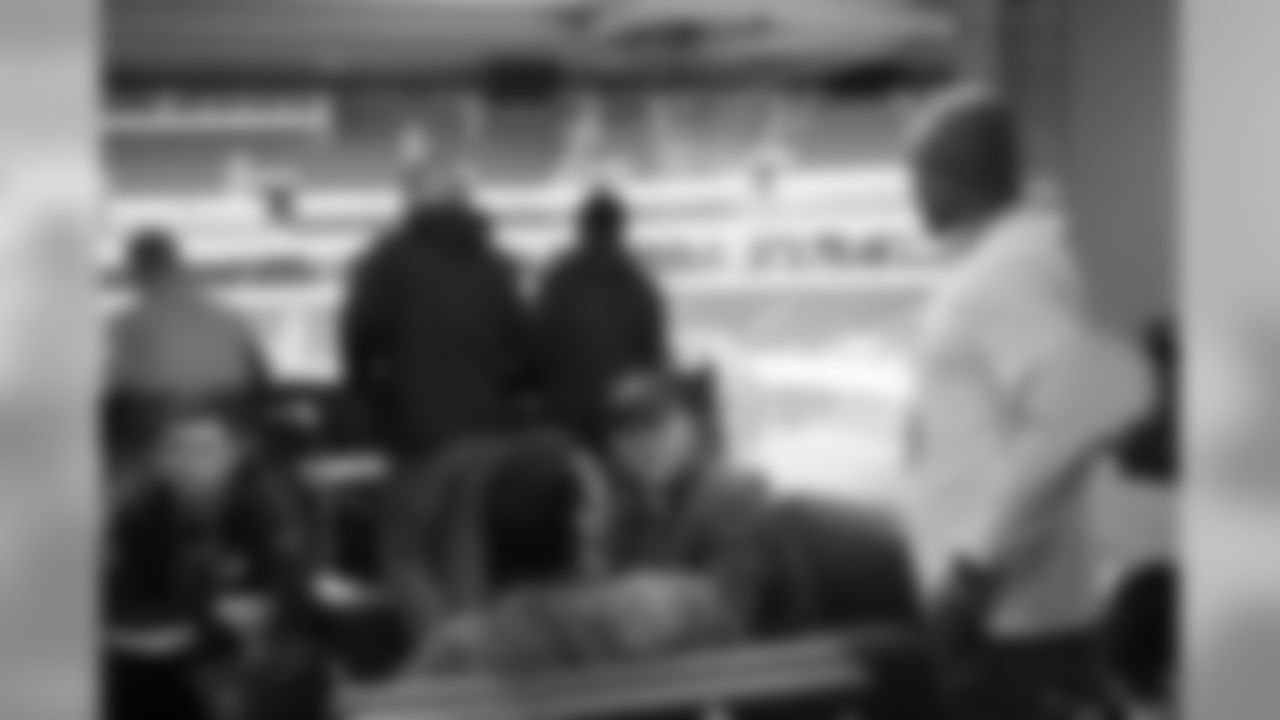A peek inside the Chargers suite at Lucas Oil Stadium for the 2016 Scouting Combine.











In exactly one week, the San Diego Chargers will be on the clock with the third overall pick.
It's a moment 52 weeks in the making.
The crown jewel of the NFL's offseason, the annual draft is more than just a weekend. It's a grueling, year-long process in which thousands of players are evaluated and discussed, resulting in only a handful being selected by each team. As soon as one draft cycle ends, the next immediately begins. After Saturday's final round comes to a close, the Bolts will take Sunday off before the scouts get back at it again preparing for the 2017 NFL Draft.
While each and every team has a unique philosophy when it comes to scouting, they all divide the focus into two areas – pro and college.
So what is the Chargers scouting process like?
Director of Player Personnel JoJo Wooden is uniquely positioned to explain as he is directly involved in both areas.
Outside of Chargers Park, the Bolts have nine scouts dispersed throughout the country focused on different regions and specific prospects. They submit reports and grades into a database that each Player Personnel executive can access at any time of day. The scouts begin a summary report of each player in the spring, and their dossier evolves over the year through the collegiate season, Scouting Combine and so on.
"Whenever a scout adds something, we see it (in the database)," Wooden says. "When we have questions, we can reach out to the scout and keep in contact that way. Our scouts usually submit reports, which are a couple of lines based on last year's tape of what they saw. That is the starting point for the scouts, and then when they really start the fall scouting after labor day, they submit changes throughout the year. Many times grades can change throughout the season, so it is great that we can all see it (in real time). I'll look at it on the plane, at the hotel, at home; we can access it any time we want."
According to Wooden, scouting college players requires a different mindset than looking at established NFL players.
"College scouting is more about projection," he explained. "Guys who are in the pros have been around, and you know what to expect out of them. But the college side is really about projection. It's not so much what he is now, but what will he be in a couple of years. You have players coming from spread offenses, offensive linemen who don't get into a three-point stance, outside linebacker prospects who only played defensive end and so on. So a lot goes into figuring out how they are going to go from college to where they are going to fit in. And by that, I don't mean how they will fit in the NFL, but more specifically, how they will fit in with us."
By the time the Bolts enter the stretch run leading up to the draft, they have a firm grasp on a player's skillset and talent. However, like with every team, they host prospects and attend Pro Days to meet with various players, and for very good reason.
"What players do on the field is important, but what they do off the field can be so much more important. We also scout the person, not just the player. During the season, we watch them and we rely on what the coaches have to say about them. When we meet with the prospects, I want to know who he is as a person. I've seen him on film, so I really want to know who he is and who we are bringing to the Chargers."
The college scouts convene in San Diego several times throughout the year but the majority of their communication is done externally. On the flip side, the pro scouts have their home base in San Diego, thus having more direct communication with each other.
"It's a little bit different, because obviously we are around each other every day. We always need to know who is next in case we need someone. Say a player gets hurt. We look at who is the next man up. Who is the next available practice squad guy, and so on. (Director of Pro Scout) Dennis Abraham, (Assistant Director of Pro Scout) Bryan Cox and (Pro and College Scout) Travis Lash are right down the hall, so we are always talking about those scenarios. We have boards up in their offices, so we will all go in there, talk it out and have options."
Of course, President of Football Operations John Spanos and General Manager Tom Telesco have final say on the roster and are intimately involved every step of the way.
"They are both good to work for, are very detailed and very thorough," he said. "Tom is the same guy every day, super smart and doesn't overreact. John is the same way. We have a good relationship. I try to be a sounding board for them. I want to always have answers if they have questions. I try to be a resource for them. They trust us all to do our jobs, and we have trust in them."
Still, that doesn't always mean they always agree.
"We may disagree at times, but that's good. It's healthy debate. We all come from different backgrounds and programs in terms of style, but we all want the same thing, and that is the best football player possible to win games. You will always have disagreements on some things, and that helps make the best decisions possible."





